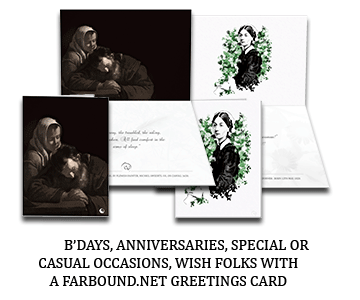The finely sculpted features of a benevolent goddess from Banjar, an adjoining valley 58 km away from the town of Kullu, present a picture of serene tranquillity, amid garlands of fresh flowers, during the annual festival of Dusshera.
Almost always represented with metal sculptures of only their faces, and which are quite similar in appearance, each has a unique identity and place in the divine hierarchy.
The deities are highly revered by the local populace, and consulted for every need, ranging from exorcising evil spirits, stories of which abound in the valley, to advice and guidance in matters of business, happiness and marital bliss.
During the festival of Dusshera, which begins as the Bengali festival of Durgostava ends, all divinities are customarily expected to congregate in the town of Kullu to witness the traditional chariot ride of the presiding god Raghunath. Some years, however, a few will choose to be absent, expressing divine displeasure with rivals, the people or proceedings – more practical minds label as human politics.
Dusshera in Kullu differs vastly from the traditional effigy burning ceremony of the demon king Ravana observed in the rest of North India. As per some sources, Himachal is home to over three hundred gods and goddesses, residing in numerous villages and towns.






